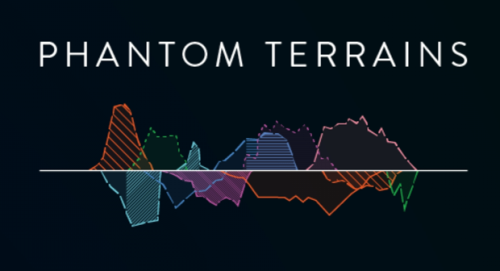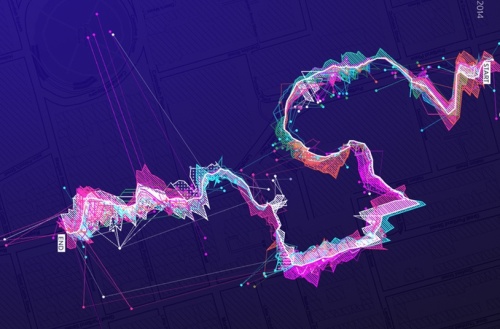-shikaku-
 Sunday, February 1, 2015 at 11:53 tagged
Sunday, February 1, 2015 at 11:53 tagged  composers,
composers,  composition,
composition,  spatial,
spatial,  stockhausen,
stockhausen,  xenakis
xenakis Most composers have composed their music based on the assumption that the audience will experience the works facing a stage with musicians. Most classical works aren’t made to be listened to from behind the stage. On the other hand, composers like Karlheinz Stockhausen and Iannis Xenakis have been working with the location of their audiences in mind, spatializing the music.
Young composer Chatori Shimizu (1990) wants to do this differently with -shikaku-, which is derived from the Japanese homophones “四角 (square)”, “視覚 (visual)”, and “死角 (blind spot)”, all pronounced “Shikaku”.
The setting of this work is designed so that the music is delivered to audience members surrounding the chamber orchestra, with deliberate blind spots.
All audience members have a different “blind spot”, none of them will experience the work in the same way. This reflects the story of “Blind Men and An Elephant”, where a group of blind men touch an elephant, each feeling a different part of the animal, and discussing it. Argument breaks down when the men starts to claim that an elephant was a thin, floppy, fan-like creature, as another states that it was a smooth, solid being. Not one man’s statement is untrue, as those are the precise features of an elephant.



















